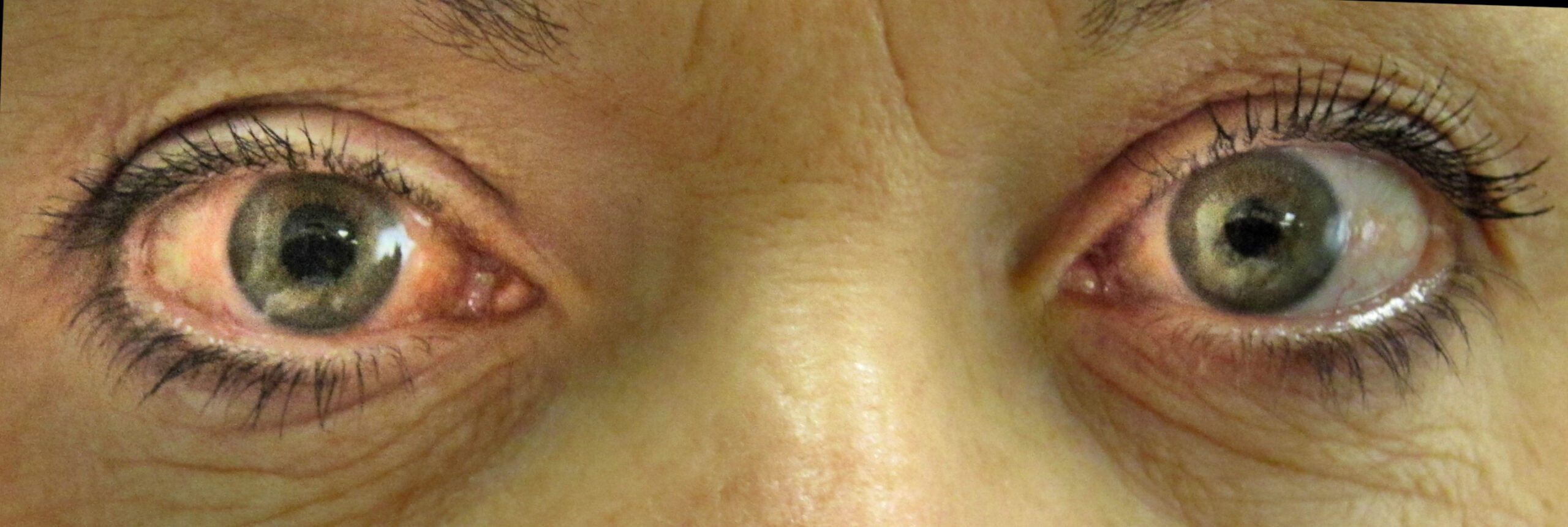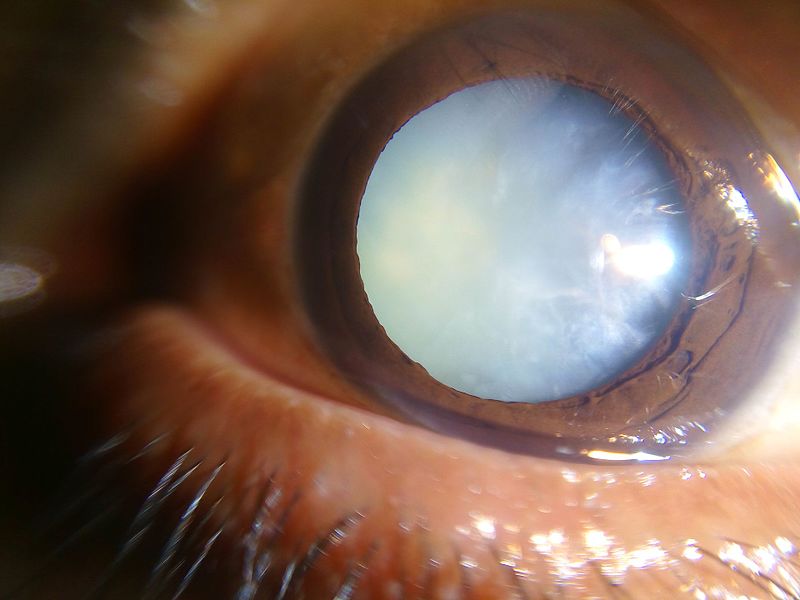In the realm of eye health, two common conditions that often cause confusion among individuals are glaucoma and cataract. While both glaucoma and cataract affect the eyes it is crucial to understand the fundamental differences between these conditions.
Glaucoma: A Silent Thief of Sight
Glaucoma is a progressive eye disease characterized by damage to the optic nerve which is responsible for transmitting visual information from the eye to the brain. It is often referred to as the “silent thief of sight” because it typically advances slowly without causing noticeable symptoms in the early stages. As a result, individuals may not realize they have glaucoma until the disease has significantly progressed.
Causes and Risk Factors
Glaucoma is primarily caused by an increase in intraocular pressure (IOP) within the eye. However, it’s important to note that not all cases of glaucoma are associated with elevated IOP. Other risk factors include:
- Family history: Individuals with a family history of glaucoma are at a higher risk of developing the condition.
- Age: The risk of glaucoma increases with age particularly after the age of 40.
- Ethnicity: Certain ethnic groups such as African-Americans, Hispanics and Asians have a higher susceptibility to glaucoma.
- Medical conditions: Certain medical conditions including diabetes, high blood pressure and cardiovascular disease can increase the risk of glaucoma.
Symptoms and Diagnosis
In the early stages, glaucoma may not exhibit any noticeable symptoms making regular eye examinations crucial for early detection. As the disease progresses individuals may experience the following symptoms:
- Gradual loss of peripheral vision
- Blurred vision
- Eye pain or discomfort
- Halos around lights
- Frequent changes in glasses or contact lens prescriptions

To diagnose glaucoma eye care professionals utilize various tests including tonometry (to measure IOP), visual field testing and optic nerve evaluation. Early diagnosis is essential to prevent irreversible vision loss.
Treatment Options
While there is no cure for glaucoma early detection and appropriate treatment can help slow down the progression of the disease and preserve vision. Treatment options for glaucoma include:
- Eye drops: Medications in the form of eye drops are often prescribed to reduce intraocular pressure.
- Oral medications: In some cases, oral medications may be recommended to control eye pressure.
- Laser therapy: Laser procedures such as trabeculoplasty and iridotomy can help improve fluid drainage in the eye.
- Surgical intervention: In advanced cases, surgical procedures like trabeculectomy or drainage implants may be necessary to manage glaucoma.
Cataract: Clouding of the Eye’s Natural Lens
Unlike glaucoma, cataract is not a disease but a natural aging process of the eye. It refers to the clouding of the eye’s natural lens which affects vision clarity. Cataracts typically develop gradually and can occur in one or both eyes.
Causes and Risk Factors
The primary cause of cataracts is the breakdown of proteins in the lens of the eye leading to clouding. Various factors can contribute to cataract formation including:
- Age: Cataracts commonly develop with advancing age typically after the age of 60.
- Ultraviolet (UV) radiation: Prolonged exposure to UV radiation particularly from sunlight can increase the risk of cataracts.
- Smoking and alcohol consumption: Excessive smoking and alcohol consumption have been linked to an increased risk of cataract formation.
- Diabetes: Individuals with diabetes are more prone to developing cataracts.
Symptoms and Diagnosis
Cataracts can cause several visual impairments that progressively worsen over time. Common symptoms include:
- Cloudy or blurred vision
- Sensitivity to light and glare
- Difficulty seeing at night
- Fading or yellowing of colors
- Frequent changes in glasses or contact lens prescriptions

An eye care professional can diagnose cataracts through a comprehensive eye examination which may include a visual acuity test, slit-lamp examination and retinal evaluation.
Treatment Options
When cataracts start to significantly affect daily activities and quality of life surgical intervention is often recommended. Cataract surgery involves removing the clouded natural lens and replacing it with an artificial intraocular lens (IOL). This procedure is safe, effective and typically performed on an outpatient basis. After cataract surgery most individuals experience improved vision and reduced dependence on glasses or contact lenses.
In summary, while both glaucoma and cataract impact vision they are distinct conditions with different causes, symptoms and treatment approaches. Glaucoma is characterized by optic nerve damage and elevated intraocular pressure requiring lifelong management to prevent vision loss. On the other hand, cataract is a natural age-related clouding of the eye’s lens and surgical intervention is often necessary to restore vision.
If you suspect any changes in your vision or have concerns about your eye health it is essential to consult with an eye care professional promptly. Regular eye examinations and early detection play a vital role in preserving your vision and maintaining overall eye health.
Remember, your eyes are precious and taking care of them ensures a clear and vibrant world around you.






